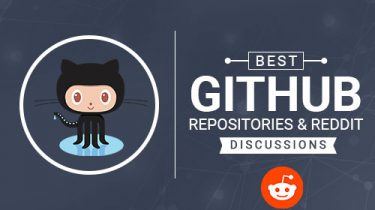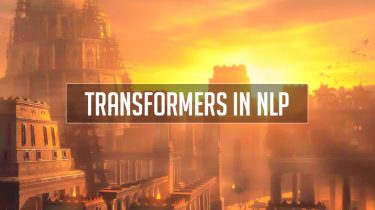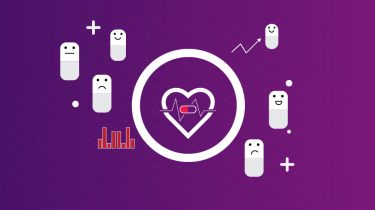Top 5 Machine Learning GitHub Repositories & Reddit Discussions (October 2018)
Introduction “Should I use GitHub for my projects?” – I’m often asked this question by aspiring data scientists. There’s only one answer to this – “Absolutely!”. GitHub is an invaluable platform for data scientists looking to stand out from the crowd. It’s an online resume for displaying your code to recruiters and other fellow professionals. The fact that GitHub hosts open-source projects from the top tech behemoths like Google, Facebook, IBM, NVIDIA, etc. is what adds to the gloss of […]
Read more



